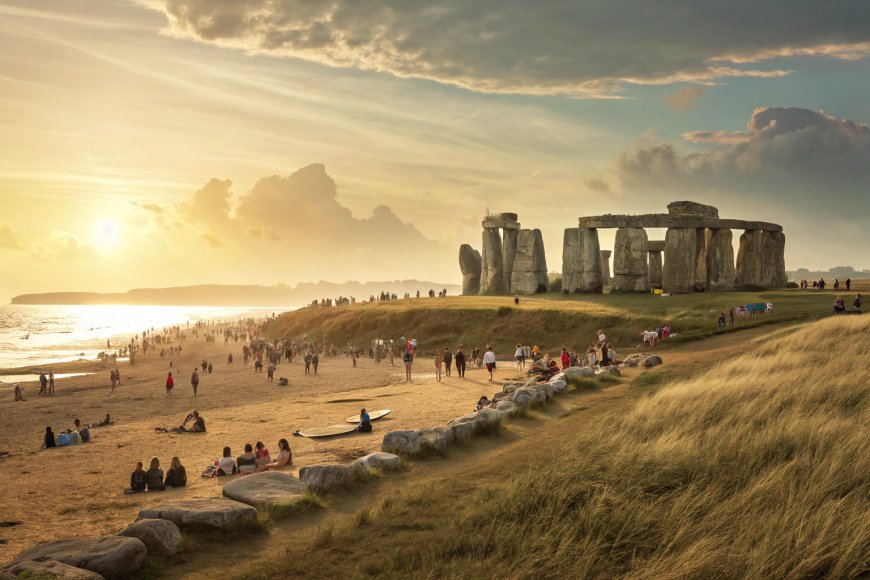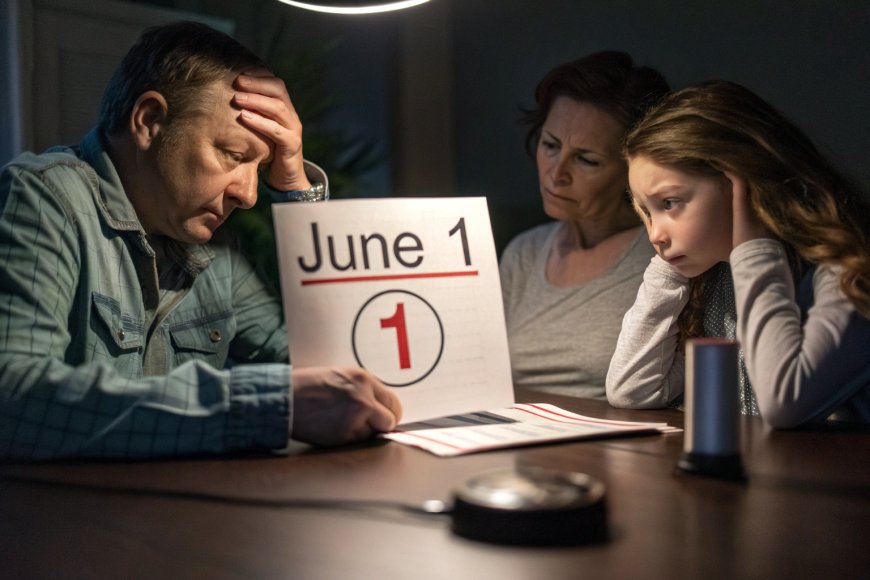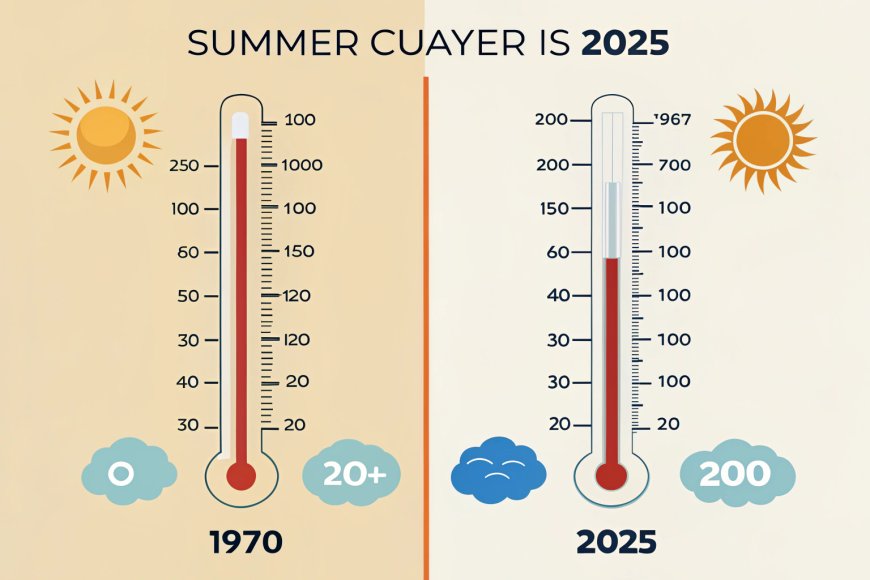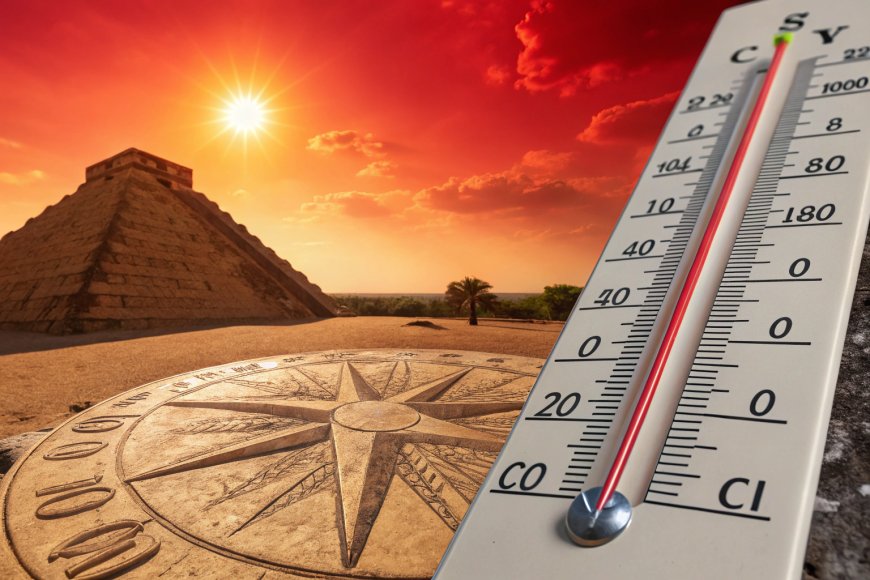Sun, Science, and Sweaty Reality: Why Your Calendar Lied About Summer’s Start
Forget June 20! Discover why summer 2025 really starts June 1, based on climate science, health risks, and global heat trends. #FLASHFACTZ
Forget June 20—Real Summer Starts June 1. Here’s Why.
The first day of summer 2025 isn’t June 20. It’s now. While astronomers point to the solstice on June 20 at 10:42 PM EDT as summer’s kickoff, meteorologists—and anyone who’s sweated through early June—know better. At FLASH FACTZ, we’re breaking down why June 1 is the true start of summer and why this matters for how we live, work, and survive our rapidly heating planet.

June 1 vs June 20 Start of Summer Debate
The Solstice vs. Science: A Cosmic Misalignment
The Celestial Ceremony
Yes, the June solstice is undeniably majestic. In 2025, it arrives June 20, marking the year’s longest day (15 hours of daylight in Indiana!). The sun stalls at the Tropic of Cancer, Earth’s tilt maximizes sunlight in the Northern Hemisphere, and ancient sites like Stonehenge align perfectly with the sunrise. Culturally? It’s summer’s poster child. Practically? It’s outdated.
Meteorological Summer: Where Data Doesn’t Lie
Enter Meteorological Summer: June 1 – August 31. Unlike the solstice’s wandering date (June 20–22), this fixed 3-month window aligns with temperature cycles, not orbital poetry. Why?
Consistency for Science: Comparing summer heat year-over-year requires stable dates. Chaos ensues if one "summer" includes 90% of June and another only 10%.
Real-World Heat Arrives Earlier: By June 1, the U.S. is already baking. The Carolinas see average highs of 87°F+, while Kentucky braces for "brutally humid" conditions. Waiting for June 20 ignores weeks of legitimate sweat.

U.S. Summer Warming Hotspots | Climate Central Data
June 1: When Summer’s Furnace Kicks On
The Heat Is On (Literally)
This year, June 1 isn’t just a date—it’s a thermal threshold. Check the forecasts:
Coast-to-Coast Heat Dome: NOAA predicts hotter-than-normal temps for 97% of U.S. cities, with the South and Southwest facing 3–6°F increases since 1970.
Energy Bills Set to Soar: Every 1°F rise = 6% spike in cooling costs. With June 2025 temps already above normal, wallets will feel the burn before the solstice.
Table: U.S. Summer Warming Hotspots (1970–2025)
| CITY | Avg. Temp Rise | Extra Hot Days/Year |
| Reno, NV | 11.3°F | 50+ |
| Las Vegas, NV | 6.1°F | 50+ |
| Austin, TX 4.5°F | 4.5°F | 30+ |
| Wilmington, NC | 0.7°F (since 2020) | 14+ |
Source: Climate Central, NWS

Solstice Traditions vs Meteorological Reality
Health in the Hot Zone
Ignoring June’s heat isn’t just pedantic—it’s perilous. Extreme heat kills 2,300+ Americans yearly, with risks spiking as early heatwaves hit. By June 2025:
- Children & outdoor workers face dehydration and heatstroke.
- Pregnant people confront doubled heat-risk days since 1970.
- Cities like Chicago and Phoenix activate cooling centers weeks before the solstice.

Energy Cost Spike from Early Summer Heat
Global Summer: More Than Just a Western Sun Party
Traditions vs. Temperature
While the solstice sparks Egyptian New Year rituals and Irish gold-hunting folklore, modern summers are defined by climate chaos, not constellations:
- Southern Hemisphere Shiver: Australia’s winter begins as the U.S. fries.
- Arctic Melt Accelerates: June’s heat fuels glacial runoff, worsening sea-level rise before the solstice “starts” summer.
Why Your Phone Thinks Summer Starts June 1
Check any weather app. They default to meteorological seasons because they track:
- Hurricane season (starts June 1)
- Wildfire risks (peaks in June for the Carolinas)
- Crop cycles (corn height jumps in early June)
The Big Chill: Why We Cling to the Solstice
Romance Over Reality
We get it—the solstice is Instagram gold. Stonehenge at dawn! Midnight sun in Norway! But this nostalgia ignores science:
- "Lag of the Seasons": Earth takes weeks to absorb heat. The hottest days hit late July, after the solstice. Why? Ice must melt, oceans must warm. June 1 accounts for this buildup.
- Businesses Need Predictability: Resorts, energy grids, and sports leagues plan around quarterly blocks (June-August), not celestial events.

14+ Extra Hot Summer Days Since 1970
The FLASH FACTZ Verdict: Reset Your Summer Clock
First Day of Summer 2025: June 1.
Why It Matters: Climate change has shoved summer earlier. Since 1970, 234 U.S. cities gained 14+ extra hot days. Ignoring June denies this crisis—and endangers communities.
So, this June 1?
- Blast the AC without guilt.
- Hydrate like it’s August.
- Demand policies that treat heat like the emergency it is.
Summer 2025 starts June 1—not June 20. Meteorological summer aligns with dangerous heat, rising energy costs, and health risks solstice dates ignore. As climate change accelerates, redefining summer isn’t pedantic; it’s survival.
What's Your Reaction?






















































